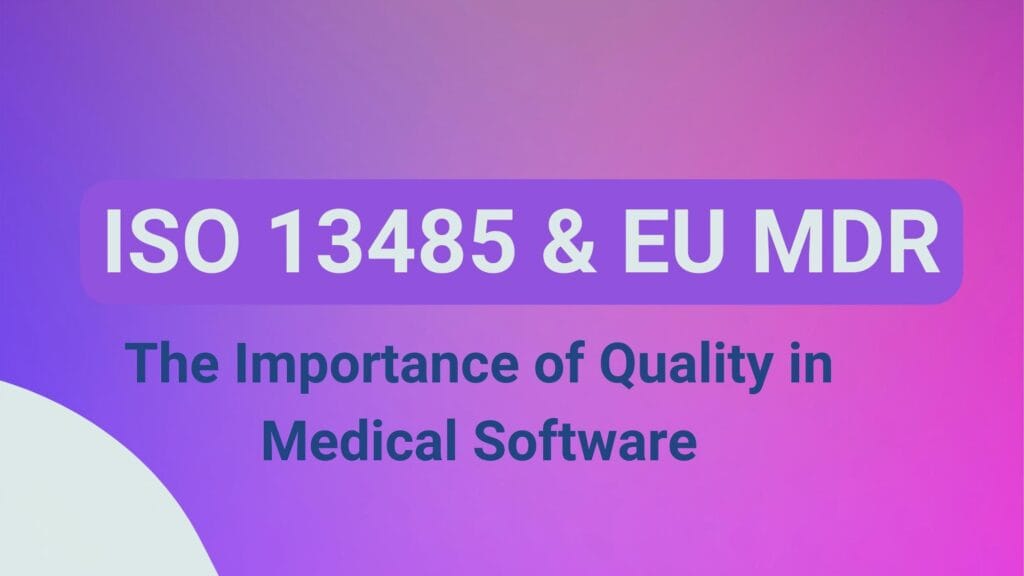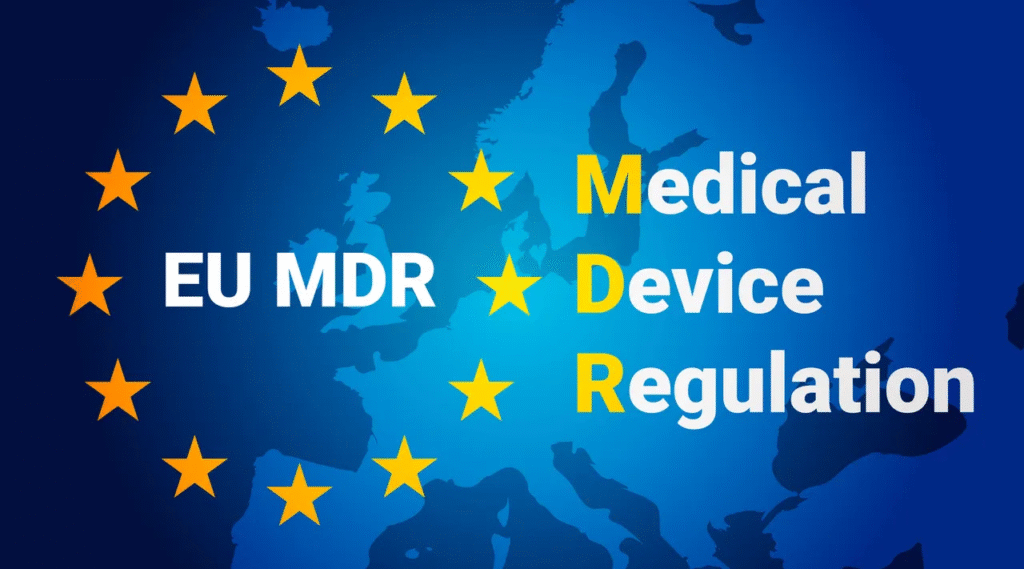1. Introduction to EU MDR
The EU Medical Device Regulation (MDR, Regulation (EU) 2017/745) replaced the old medical device directives in 2021. Its core goal is to safeguard public health and patient safety by setting stricter rules for medical devices sold in the EU—including many disposable protective products (e.g., surgical masks, medical-grade gowns) used in healthcare settings.
2. Scope of MDR

MDR applies to medical devices—defined as instruments, materials, or articles (alone or combined) for diagnostic/therapeutic use. For disposable protective products:
- Included: Surgical masks, sterile isolation gowns, and virus-proof protective suits (designed to prevent infection in healthcare).
- Expanded scope: Now covers products with similar risk profiles to medical devices (e.g., cosmetic contact lenses), but this rarely affects standard disposable protective items.
- Excluded: Non-medical protective gear (e.g., industrial dust masks) unless they meet medical device criteria.
3. MDR vs. ISO 13485: Core Differences
| Aspect | ISO 13485 | MDR |
|---|---|---|
| Nature | Voluntary international QMS standard | Legally binding EU regulation |
| Mandatory Requirement | Not required globally; optional for quality proof | Mandatory for all medical devices in the EU |
| Key Focus | General QMS structure (e.g., resource management, product realization) | Specific rules: UDI, post-market surveillance (PMS), CE marking |
| Extra Rules | No UDI or PSUR (Periodic Safety Update Report) demands | UDI for all devices; PSUR for Class IIa+/III devices |

4. Requirements for Importers & Exporters of Disposable Protective Products
4.1 Importers
Eudamed Registration: Register all products in the EU’s Eudamed database and update details (e.g., product specs, manufacturer info) promptly.
Surveillance Case 1: In 2023, a German importer failed to update Eudamed after its Chinese supplier changed the sterilization facility for medical gowns. During a routine EU market surveillance check, authorities found the facility unapproved—resulting in a 2-week seizure of 50,000 gowns, €12,000 fines, and a mandatory recall notice to hospitals.
Verify UDI & CE Marking: Check that products have a valid Unique Device Identification (UDI) barcode and CE marking (proof of EU compliance). Reject items with missing/invalid marks.
Surveillance Case 2: A French importer in 2022 imported 300,000 surgical masks with “fake CE marks” (printed without notified body approval) and incomplete UDIs. EU customs flagged the batch during surveillance; the importer faced €35,000 in penalties, and the masks were destroyed to prevent market entry.
Manufacturer & Rep Check: Confirm the manufacturer is listed in Eudamed and has an EU-authorized representative (for non-EU manufacturers).
Label & Manual Checks: Ensure labels include usage instructions/safety warnings, and user manuals are clear (preferably in local EU languages).
Liability & Records: Keep logs of complaints, returns, and non-compliant products. Share liability with manufacturers/representatives via written agreements.
4.2 Exporters
- MDR Compliance: Meet Annex I’s safety/performance rules (e.g., medical gowns must block microorganisms/fluids).
- Technical Docs: Prepare detailed files (design, test results, risk analysis) in EU-accepted formats/languages.
- Conformity Assessment: Self-declare for Class I devices; use a notified body for Class IIa+/III (e.g., surgical masks).
- EU Authorized Representative: Non-EU exporters must appoint a representative to handle EU communications and store docs locally.
5. How Importers Ensure MDR Compliance for Imported Products

To avoid non-compliance risks (as seen in the surveillance cases above), importers should take these practical steps:
1. Pre-Import Supplier Audit:
Audit manufacturers to confirm they meet MDR requirements—check ISO 13485 certification (a baseline for QMS), production records (e.g., sterilization logs for gowns), and past compliance history (e.g., no EU import bans). For example, after the 2023 German gown seizure, many importers now require suppliers to share Eudamed facility registration proofs before placing orders.
2. Document Verification:
Request and review key docs: MDR conformity certificate (from a notified body for high-risk products), technical file (full product specs/test data), and the manufacturer’s PMS plan (for Class IIa+/III). Reject vague or incomplete files—this would have prevented the 2022 French mask incident, where the importer failed to verify the CE mark’s notified body authorization.
3. Sample Testing:
Send random product samples to EU-accredited labs for testing (e.g., filtration efficiency for masks, fluid resistance for gowns) to verify compliance with MDR’s Annex I standards.
4. Post-Import Surveillance:
Monitor market feedback (e.g., hospital complaints about defective gowns) and share issues with the manufacturer. Update Eudamed if safety risks emerge, and cooperate with EU authorities during inspections. After the German case, importers now assign dedicated teams to track Eudamed updates monthly.
5. Train Teams:
Train procurement/logistics teams to recognize valid UDI/CE marks and spot non-compliant signs (e.g., blurry labels, missing UDI). The French importer later implemented weekly training sessions to avoid repeat UDI/CE errors.
Conclusion
MDR sets strict rules for disposable protective products in the EU, and EU market surveillance (as shown in real cases) enforces these rules with fines, seizures, and recalls. Importers must prioritize pre-import audits, doc checks, and post-import monitoring to avoid such risks, while exporters need to align with safety standards and appoint EU representatives. Understanding these steps is critical for smooth market access and patient safety.


